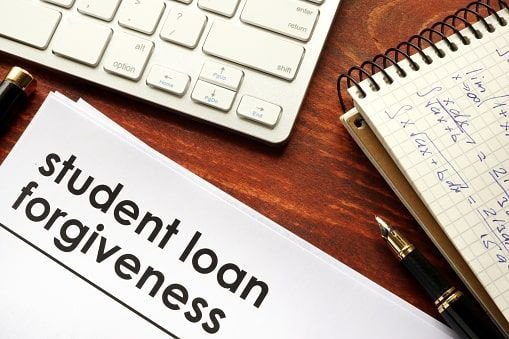Student loan forgiveness can be an apt way to help borrowers get back on their feet, but it can take some work to qualify for. Fortunately, several programs might be available to you depending on your situation, and each has its own set of eligibility requirements. This article will cover the basics of student loan forgiveness and explain how you can use different types of aid to help lower your payments.
Public service loan forgiveness
If you’re a public service worker, you may qualify for student loan forgiveness. Public Service Loan Forgiveness (PSLF) is a program that forgives federal student loans for borrowers who work in public service jobs. In order to qualify, you must have an eligible federal student loan and have worked in public service for 10 years.
You can work at any tax-exempt organizational organization, including government organizations (but not just the federal government), nonprofits and other tax-exempt organizations. To do this, your employer must include “on behalf of the United States” or “under the direction of” in their mission statement or articles of incorporation documents.
Loan forgiveness in special circumstances
There are also specific circumstances, such as being a victim of a crime or domestic violence, that qualify students for loan forgiveness. The federal government has set aside funds to help victims and their families with legal fees, counseling costs, and relocation expenses. There are also state-specific options for those who need financial assistance after an injury.
SoFi experts say, “The portion of a federal student loan which is refinanced would lose federal loan benefits.” Refinanced student loan forgiveness is applicable only on federal student loans.
Teacher loan forgiveness
You might be eligible for the Teacher Loan Forgiveness Program if you’re a highly-trained teacher working in low-income schools. Through this program, the federal government forgives your remaining student loan balance after you’ve made 120 qualifying monthly payments on your Direct Loans. This program is only available to borrowers who received their loans after October 1, 1998.
Loan cancellation due to death or disability
The loan cancellation due to death or disability discharge is a program that allows you to discharge your remaining federal student loans if you become permanently disabled or die. In order to be eligible for this program, your disability must be determined by a doctor who is qualified as an authority in the field of medicine and/or physical therapy.
Suppose your condition prevents you from working full-time for at least 12 months. In that case, you may apply for this discharge even if it does not meet any other requirements of being considered permanently disabled (such as being unable to work for 24 consecutive months).
Most of the above options are not available unless you are employed in public service or a public school. However, it is worth looking into if you qualify for one of these programs. For example, suppose you do not qualify for loan forgiveness due to death or disability. Another option might be refinancing your student loans with a private lender offering lower interest rates than banks and credit unions offer on their own products.
Make sure that any repayment plan offers flexibility so that when unexpected expenses arise (e.g., car repair or health insurance), you still have enough money left over for monthly payments on other debts like credit cards or mortgages.




